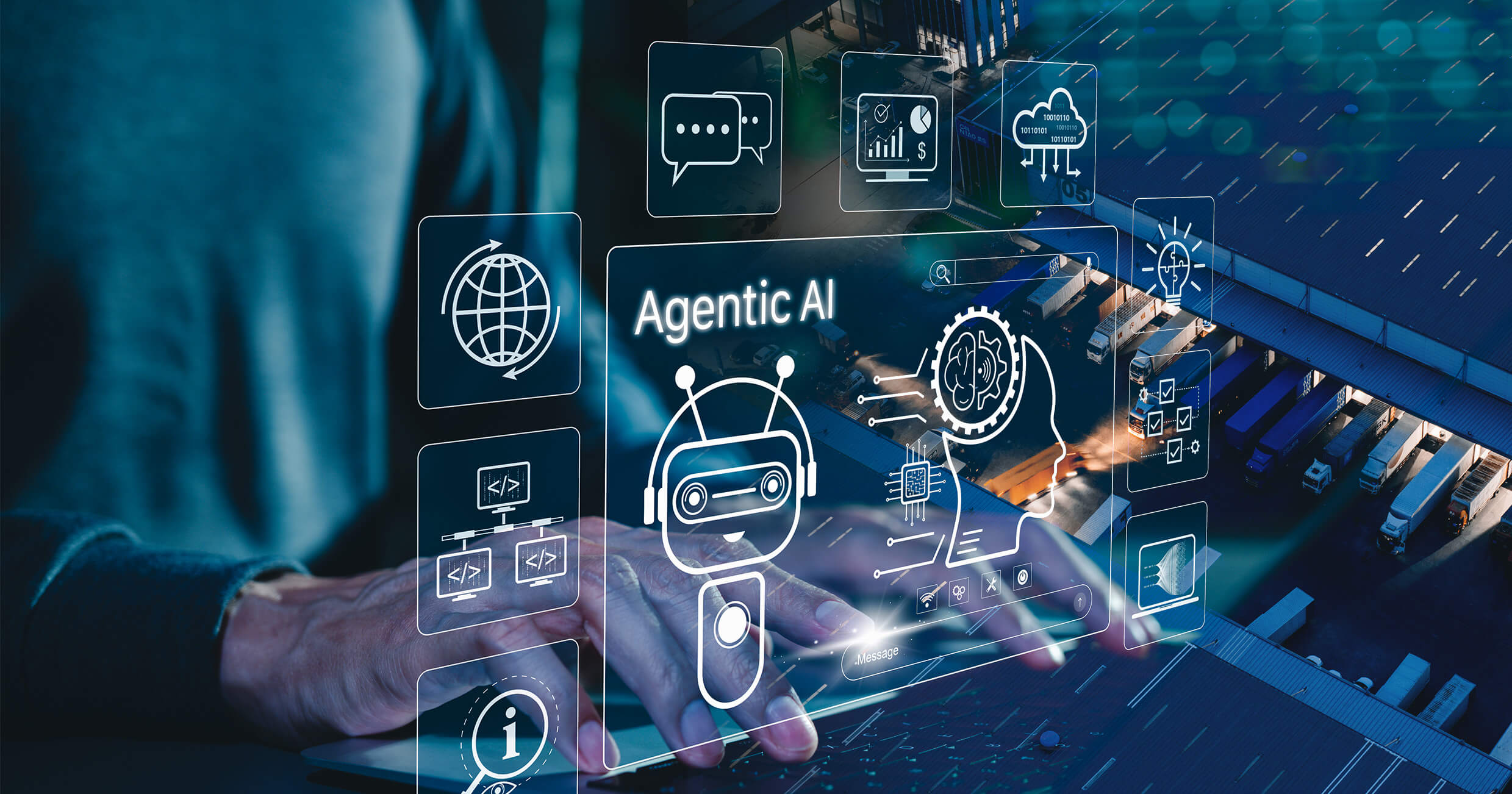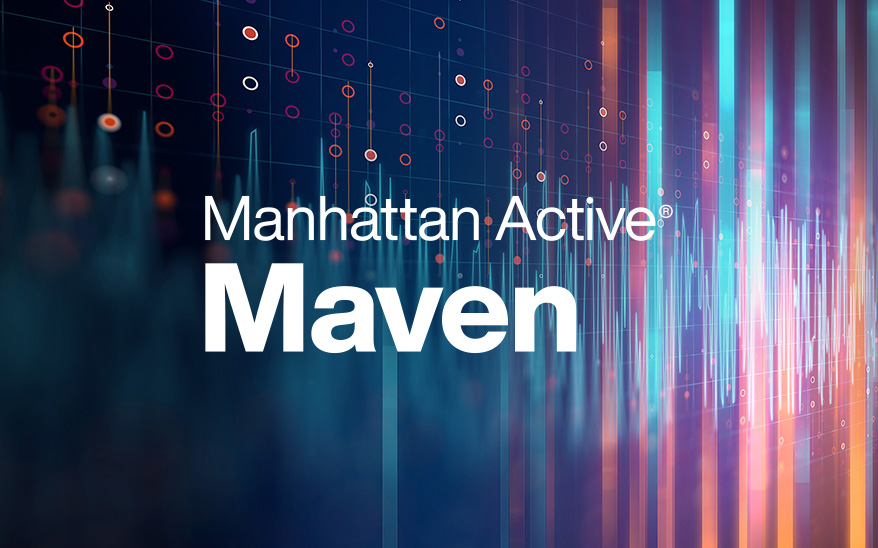Building Your Enterprise Tech Stack for Agentic AI
If AI is the new "brain" of logistics, what’s the backbone holding it all together? Where does this intelligence actually live—in the cloud, on a device or somewhere in between?
Ready for AI?
You May Be Missing a Critical Question
The race to adopt agentic AI is on, but there’s a critical piece of the puzzle most leaders are missing. The question isn't just about what AI can do, it's about where it should live.
Should your AI backbone be in the cloud? At the edge? Embedded directly in your warehouse hardware? Get it wrong and you could sacrifice speed, security and your competitive advantage.
In this 30-minute conversation, long-time industry veteran, and ex-Coca-Cola supply chain executive, Chris Gaffney, and supply chain and logistics technologist, Ravi Maganti, cut through the hype and provide a clear roadmap for the future.

Key Takeaways
- Embrace a Hybrid Infrastructure: There is no single best place for AI. Use edge computing for real-time operational decisions and the cloud for large-scale data analysis and planning.
- Focus on Problems, Not Hype: Avoid the "agent washing" trend by evaluating AI solutions based on their ability to solve your most pressing business challenges.
- Leverage Existing Partnerships: Your current cloud and enterprise software providers offer a lower-risk path for deploying AI agents, as they are already integrated and vetted.
- Innovation Requires Patience: We are in the early days of a major technological shift. As Gaffney noted, leaders must be prepared to "accept some bumps in the road" on the path to innovation.
- Transportation & Logistics Executives: It accelerates route optimization, freight forecasting, and post-game analysis with AI agents that adapt in real time.
- Warehouse Leaders: It automates quality inspection, slotting and predictive maintenance using edge AI agents directly on floor hardware.
- CIOs & CTOs: The technology ensures scalability, security, and compliance by aligning AI deployment with your enterprise IT architecture.
- Software Buyers: Given the stakes, evaluate vendors carefully — ask about true agent-based automation, microservices, and integration with ERP/OMS rather than surface-level AI claims.
- Why “one-size-fits-all AI” is dead on arrival and how to adopt a hybrid model that blends edge AI for real-time logistics execution with cloud AI for large-scale planning and forecasting.
- How to spot “agent washing” vendors rebranding old software as “AI agents” — and evaluate solutions that drive measurable business value.
- Build vs. Buy trade-offs of when to create custom agents, and when to leverage enterprise-grade AI within your TMS, WMS, OMS or ERP ecosystem.
- Practical use cases from AI-powered demand forecasting and dynamic transportation planning to warehouse damage detection at the edge.
- The new role of the chief supply chain officer (CSCO) why supply chain leaders can no longer delegate technology strategy to IT alone.
Speakers
Don't have time to watch the video? Read the recap
The New Mandate for Supply Chain Leaders
The era of delegating all technology decisions to the IT department is over. Chris Gaffney emphasized a point he believes is truer than ever in the age of agentic AI: the CSCO must be deeply engaged in their organization's technology stack.
Maganti agreed, noting that while AI can hide the technical "gnarliness" of system integrations, leaders on the business side must be equipped to guide the strategy.
This shift requires supply chain and logistics professional to become educated consumers of AI technology, capable of understanding its implications for security, scalability and speed.
A Hybrid Approach: The Cloud and the Edge
Much discussion focused on where AI agents should "live." According to Maganti, the answer isn’t one or the other—it’s both. He described a hybrid model where the choice depends entirely on the task at hand.
For micro-decisions requiring instantaneous responses – such as a camera on a conveyor identifying a damaged package – edge computing is essential. Sending that data to the cloud and back would introduce critical delays.
Conversely, for macro-level tasks that involve crunching massive datasets—like transportation planning or demand forecasting—the "almost infinite resources of the cloud" are the ideal solution.

Cutting Through the Hype: From "Agent Washing" to Real Value
With any new technology comes buzzwords. Maganti cautioned leaders to be wary of "agent washing," where vendors simply rebrand existing capabilities as new "agents" without adding substantive value.
So, how can you cut through the noise? His advice is straightforward and practical. Begin with a disciplined focus on today’s most pressing challenges. Identify the top five problems affecting performance, then invest the time to analyze root causes, make informed decisions, and reframe operating practices. That way, organizations create the conditions where the strongest agentic use cases naturally emerge. In other words, the future of autonomous and adaptive supply chains is seeded in the choices leaders make about how they confront the issues in front of them today.
The Eternal Dilemma: Build or Buy?
Gaffney and Maganti also touched on the classic "build vs. buy" dilemma. While building a bespoke agent offers a perfect fit, it comes with complexity. The safer, more integrated paths often lie with existing, vetted partners—either your cloud provider or your core supply chain commerce software providers.
Ultimately, the discussion made it clear that agentic AI represents more than just an incremental improvement. As Maganti concluded, it’s a historic inflection point.
For supply chain leaders, the message is clear: the time to engage, learn and experiment is now.
Want to Learn More?
Explore how to prepare your enterprise technology for the age of Agentic AI.









